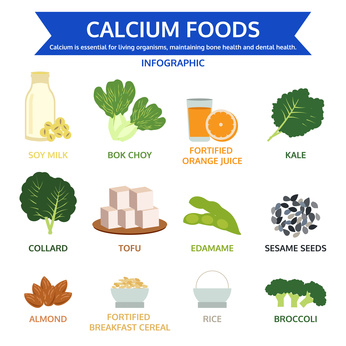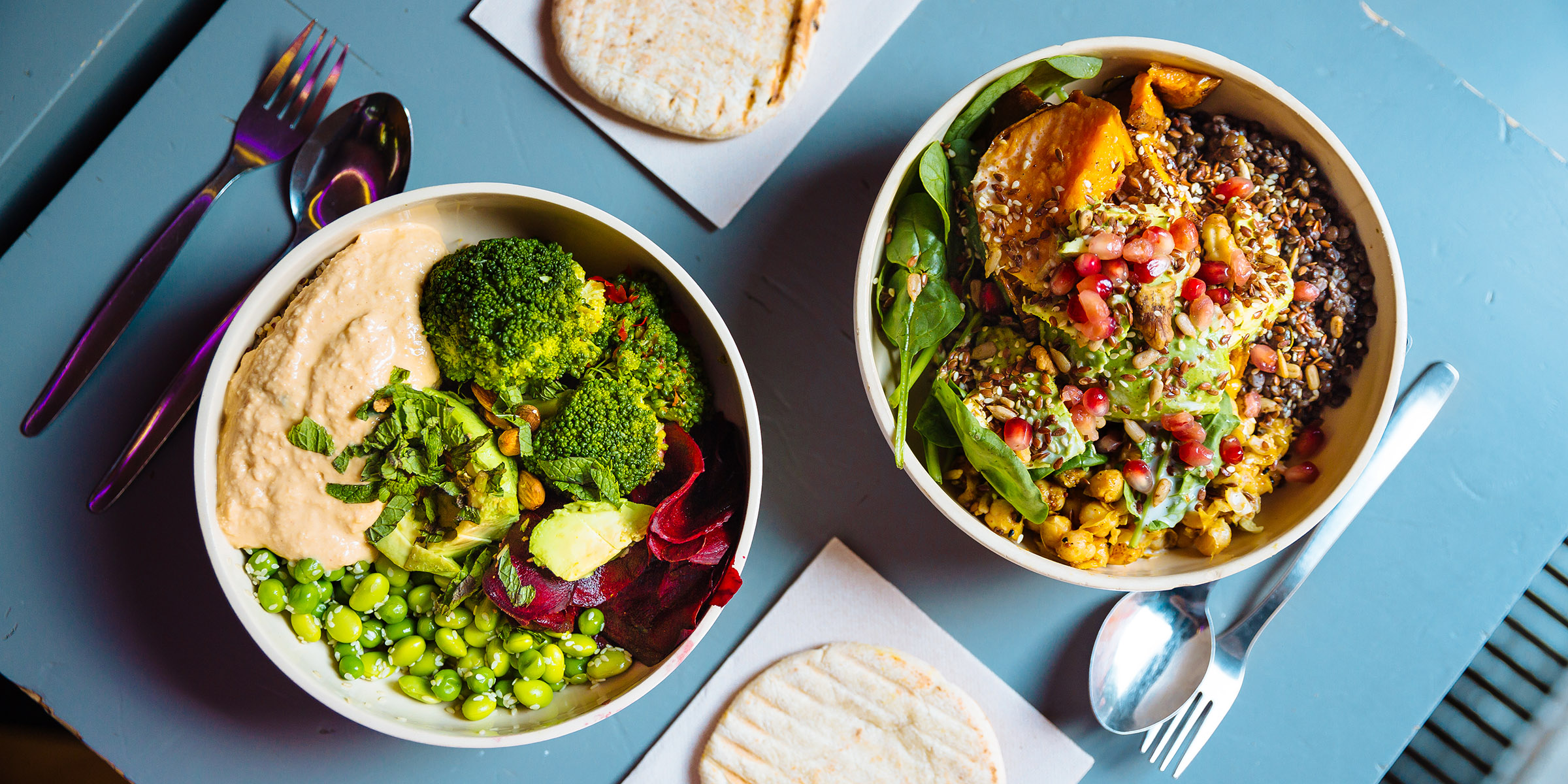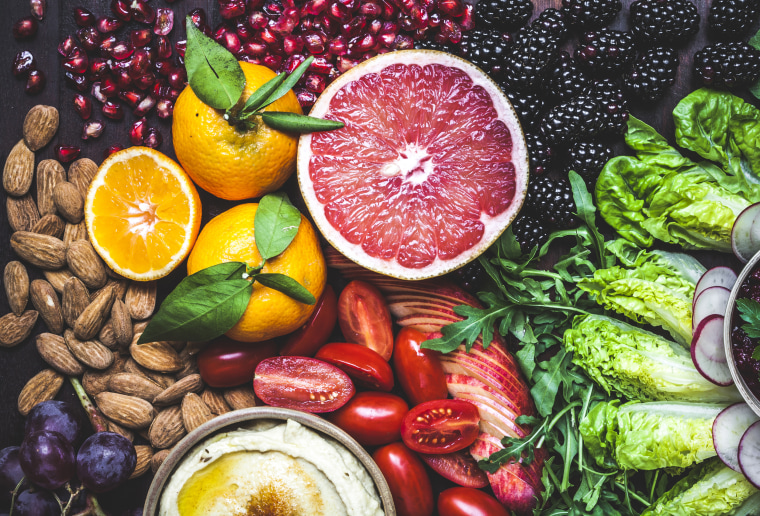
Vegans should eat plenty of fruits and vegetables to ensure a balanced diet. They can also consume hemp milk, coconut milk, and other dairy products. Chia seed is a great source for protein. These healthy foods can be incorporated into recipes. If you are looking for ice cream with bananas, consider using them instead of dairy.
Fruits and vegetables are an excellent source of vitamins and minerals
Vegetables, fruits and vegetables are rich in vitamins and minerals. Regularly consuming fruits and vegetables can help reduce diabetes and improve your general health.
For vegans, vegetables and fruits are good sources of vitamins. They also have iodine that is vital for thyroid function. You can find iodine in legumes and carrots. Whole grains and cereals are also good sources of iodine.
Coconut milk
Coconut milk is a great alternative to dairy milk. It is rich in calories and fat, especially saturated fat, but it is delicious and has many healthy benefits for vegans. This creamy milk is used in many Asian and Southeast Asian dishes. Coconut milk is a great option if you are trying to cut back on sugar.

It's easy to find organic forms of coconut milk, and you can make it yourself in a few minutes. You can find the best organic coconut milk by looking for products that are free from additives. Make sure you avoid commercially made coconut milk, which may contain BPA or other harmful chemicals.
Hemp milk
Hemp milk is a great alternative to dairy milk. It is made by soaking hemp seed in water for at least two hours, or even overnight. It has a nuttier taste than regular milk and can be added to your favorite recipes. You can also use hemp milk to make desserts and bake recipes.
Hemp milk comes in many flavors. You can purchase hemp milk fortified in calcium and vitamin A. It is also suitable for people who have dairy allergies. You can also add natural sweeteners to it.
Chia seeds are rich in protein.
Chia seeds are a source of protein and fiber for vegans. They are high in antioxidants which protect your body from ageing and diseases. They are also high in fibre, which promotes fullness. They can also improve the health of your gut and decrease the risk of developing colon cancer. They are also a good source phosphorus, magnesium and potassium.
Chia seeds are high in protein and can be used to make vegan and plant-based meals. They can be used in baking, smoothies, and as a protein replacement in vegan cooking. They are hydrophilic which means that they expand when they are soaked in water. They are also rich with polyunsaturated and B vitamins as well as calcium. They can also substitute for eggs and be gluten-free.

Weetabix
Weetabix is a whole grain cereal made from whole grain wheat. It has a third less calories and fat than traditional wheat products. It has moderate processing and a low carbon and water footprint. The ingredients list is lengthy and includes whole grains such as oats and rice flour.
Weetabix is very low in calories and contains 3.8g of fibre per serving. It has only 0.3g saturated fat making it a good choice for anyone trying to lose weight. To increase the nutritional value of your Weetabix, you can add fruit or yogurt. It's also rich in fibre, and has additional vitamins and minerals like iron and B vitamins. You can also top it with dairy to increase its calcium level.
FAQ
Why is it important to live a healthy life?
Healthy living can lead to a longer and happier life. Healthy eating habits, regular exercise, healthy sleep habits, stress management, and good sleep habits can help to prevent heart disease, stroke, diabetes, cancer, and other serious diseases.
A healthy lifestyle will improve our mental well-being and help us deal better with everyday stresses. A healthy lifestyle will help you feel more confident and younger.
Does being cold give you a weak immune system?
Being cold gives you a weaker immune system because when you are cold, your body produces less white blood cells which fight infections. However, being cold also makes you feel better because your body releases endorphins into your brain which reduce pain.
What is the difference in a calorie from a Kilocalorie?
Calories can be used to measure how much energy is in food. A calorie is a unit of measure. One calorie contains the energy needed to raise the temperature of one gram of water by one degree Celsius.
Kilocalories is another name for calories. Kilocalories are measured as a thousandth of a calorie. 1000 calories equals 1 kilocalorie.
What are the 10 most delicious foods?
These are the 10 best foods you can eat:
-
Avocados
-
Berries
-
Broccoli
-
Cauliflower
-
Eggs
-
Fish
-
Grains
-
Nuts
-
Oats
-
Salmon
How can I get enough vitamins?
Your diet can provide most of your daily requirements. Supplements are an option if you are low in any vitamin. A multivitamin can contain all the vitamins that you need. You can also buy individual vitamins at your local pharmacy.
Talk to your doctor if there are any concerns about getting adequate nutrients. For example, dark green leafy vegetables such as spinach, broccoli, kale, collard greens, turnip greens, mustard greens, bok choy, romaine lettuce, arugula, and Swiss chard are rich in vitamins K and E. Other good sources include oranges, tomatoes, strawberries, cantaloupe, carrots, sweet potatoes, pumpkin, and squash.
Ask your doctor to help you determine the right amount of vitamin. The doctor will determine the proper dosage based upon your medical history as well as your current health.
What's the difference between a virus & a bacterium?
A virus is a microscopic organism which cannot reproduce outside of its host cell. A bacterium is a single-celled organism that reproduces by splitting itself in two. Viruses can be as small as 20 nanometers, while bacteria can grow up to 1 micron.
Viruses spread easily through contact with bodily fluids infected, including saliva and urine, semen, vaginal secretions or pus. Bacteria is usually spread directly from surfaces or objects contaminated with bacteria.
Viral infections can also be introduced to our bodies by a variety of cuts, scrapes or bites. They may also enter through the nose, mouth, eyes, ears, vagina, rectum , or anus.
Bacteria can be introduced to our bodies by cuts, scrapes or burns. They can also get into our bodies via food, water or soil.
Both bacteria and viruses cause illness. Viruses can not multiply in the host. They only infect living tissues when they cause illness.
Bacteria can cause illness by multiplying in the body. They can even invade other parts of the body. We need antibiotics to get rid of them.
Statistics
- The Dietary Guidelines for Americans recommend keeping added sugar intake below 10% of your daily calorie intake, while the World Health Organization recommends slashing added sugars to 5% or less of your daily calories for optimal health (59Trusted (healthline.com)
- In both adults and children, the intake of free sugars should be reduced to less than 10% of total energy intake. (who.int)
- According to the 2020 Dietary Guidelines for Americans, a balanced diet high in fruits and vegetables, lean protein, low-fat dairy and whole grains is needed for optimal energy. (mayoclinichealthsystem.org)
- This article received 11 testimonials and 86% of readers who voted found it helpful, earning it our reader-approved status. (wikihow.com)
External Links
How To
What does the meaning of "vitamin?"
Vitamins are organic compounds naturally found in food. Vitamins allow us to absorb nutrients from food. Vitamins cannot be made by the body; they must be taken from food.
Two types of vitamins exist: water soluble and oil soluble. Water-soluble vitamins dissolve quickly in water. You can find vitamin C,B1 or thiamine, B2 or riboflavin and B3 or niacin. B6 is pyridoxine. Folic acid, biotin and pantothenic are some examples. Fat-soluble vitamins are stored within the liver and in fatty tissue. These include vitamin D, E and K, as well as beta carotene.
Vitamins are classified according to their biological activity. There are eight major groups of vitamins:
-
A - Essential for healthy growth and health maintenance.
-
C – essential for proper nerve function.
-
D - essential for healthy teeth and bones.
-
E is required for good vision and reproduction.
-
K – Required for healthy muscles & nerves.
-
P – Vital for building strong bones.
-
Q - aids in digestion of iron and iron absorption
-
R - Required for red blood cell production
The recommended daily allowance for vitamins (RDA) varies according to age, gender, or physical condition. RDA values are set by the U.S. Food and Drug Administration (FDA).
For adults aged 19 and older, the RDA for vitamin B is 400 micrograms daily. Pregnant women require 600 micrograms daily to support fetal development. Children ages 1-8 require 900 micrograms per day. Infants below one year of age need 700 micrograms daily. But, between 9 months to 12 months of age, the amount drops to 500micrograms per days.
Children aged 1-18 years need 800 micrograms daily, while children overweight require 1000 micrograms per days. Children who are severely obese or underweight will need 1200 micrograms each day.
Children aged 4-8 years old who have been diagnosed as having anemia require 2200 micrograms of vitamin C per day.
2000 micrograms is the minimum daily intake for general health in adults older than 50 years. Because of their higher nutrient needs, women who are pregnant or nursing need 3000 mg per day.
1500 micrograms are required daily by adults over 70 because they lose approximately 10% of their muscle each decade.
Women who are pregnant or nursing need more than the RDA. Pregnant women need 4000 micrograms per dayduring pregnancy and 2500 micrograms per day after delivery. Breastfeeding mothers need to consume 5000 micrograms each day when breastmilk has been produced.